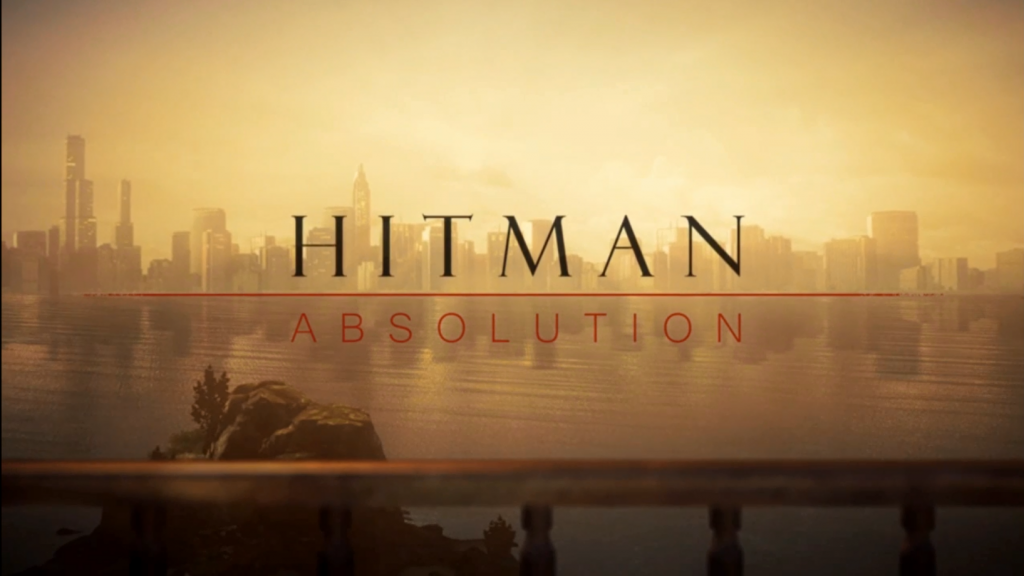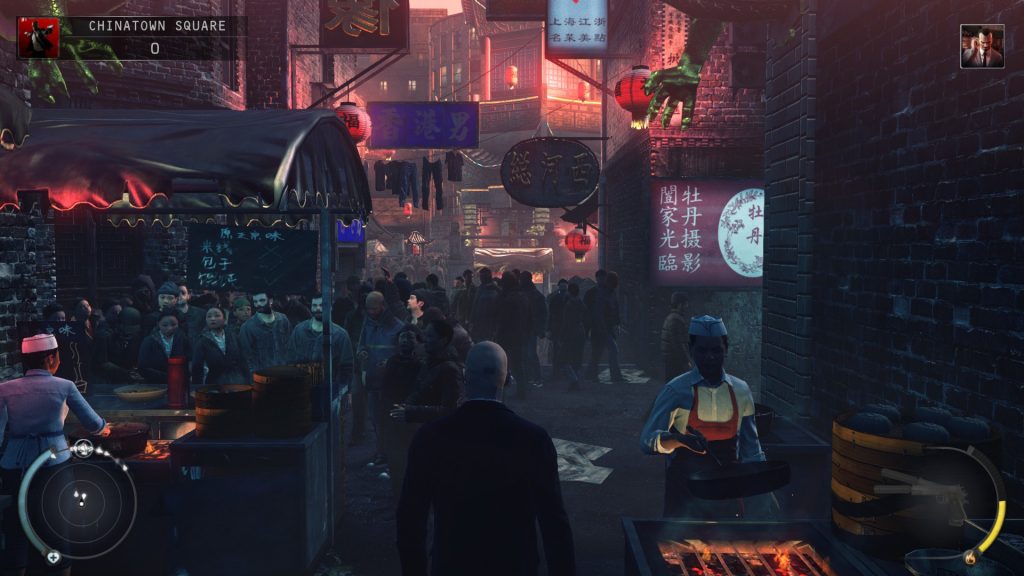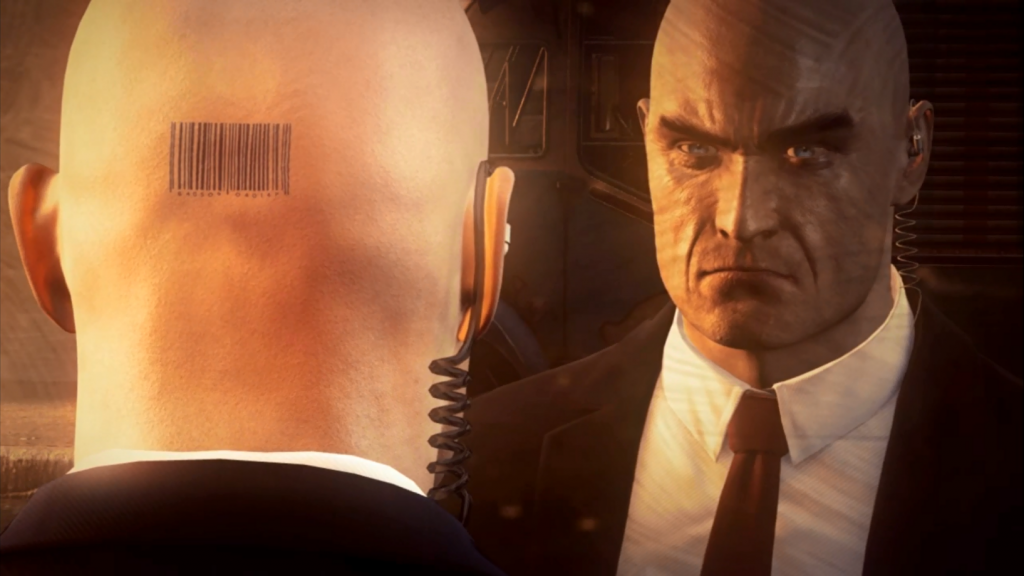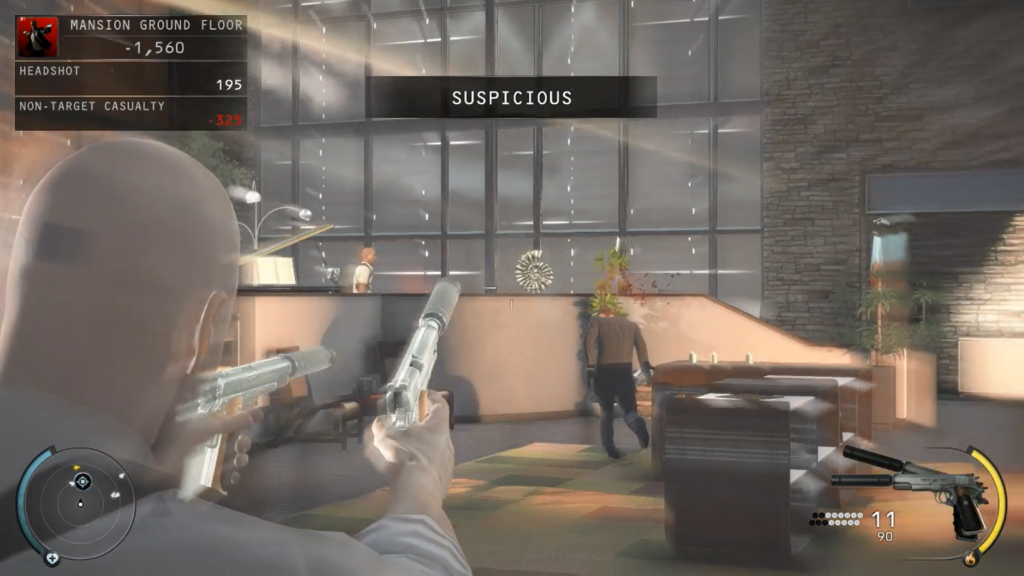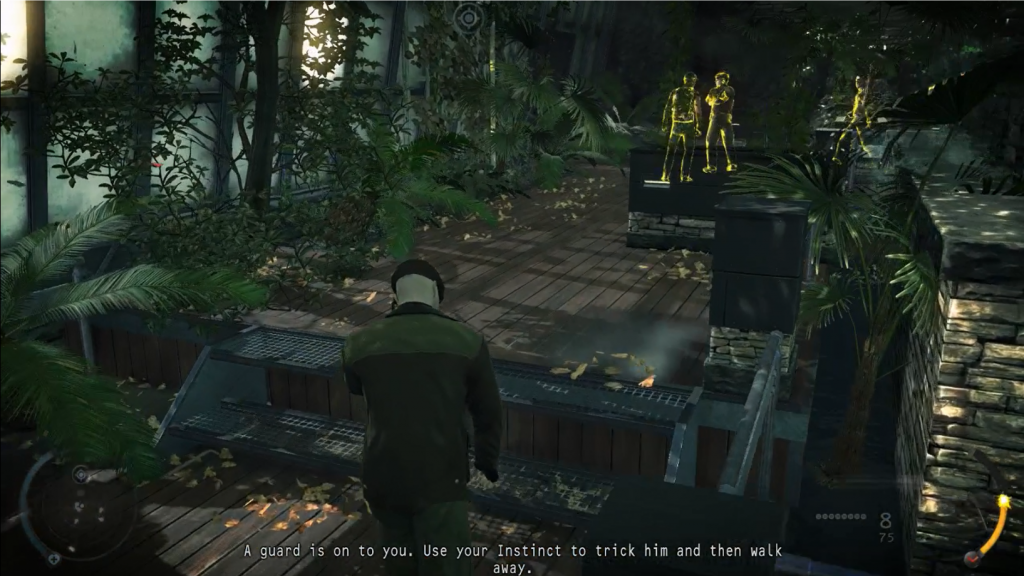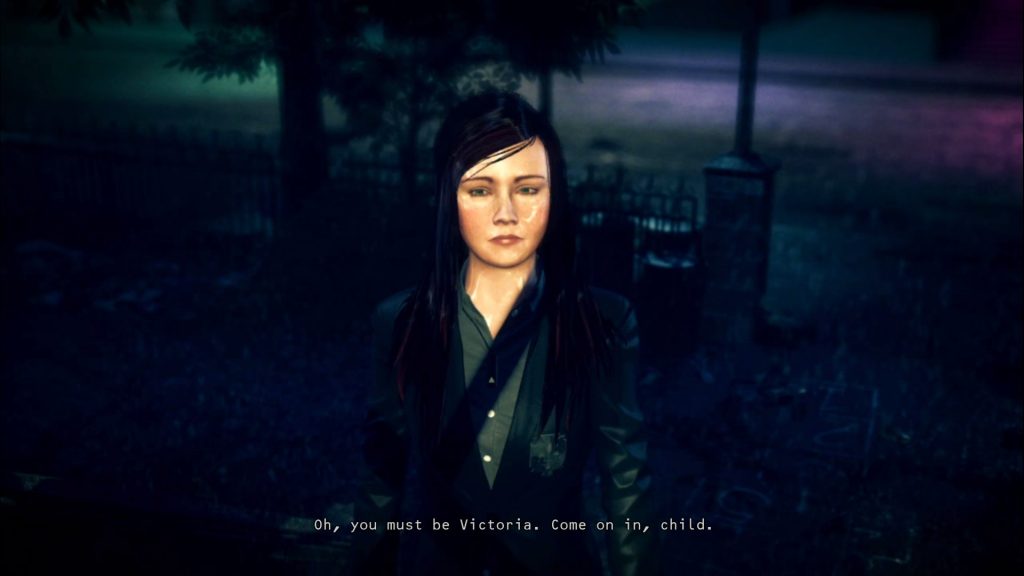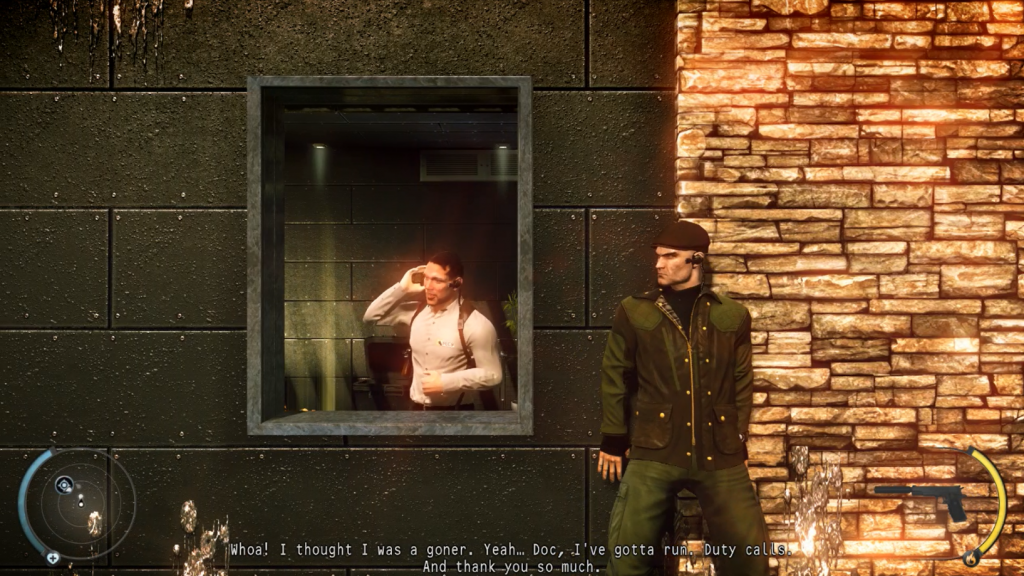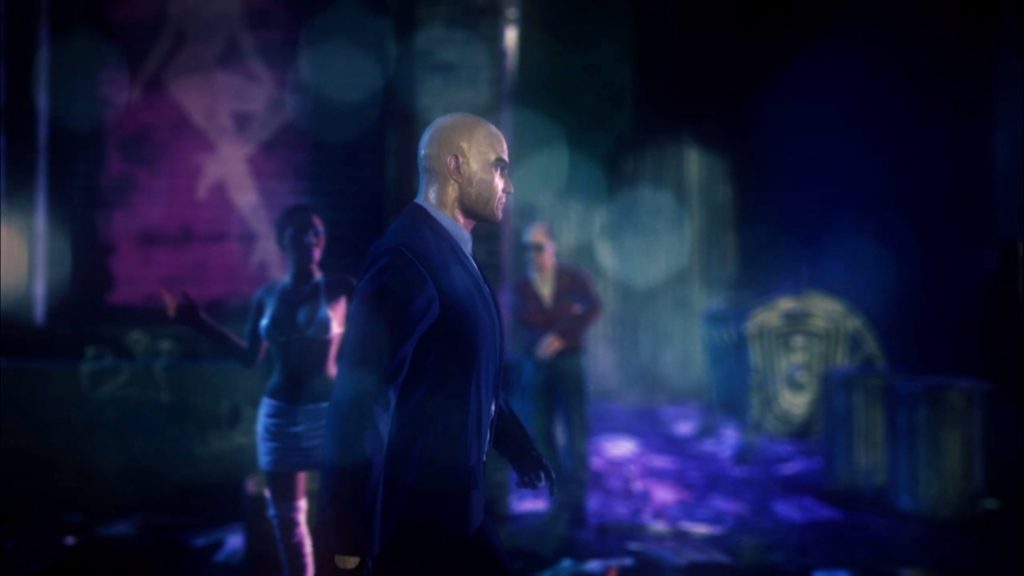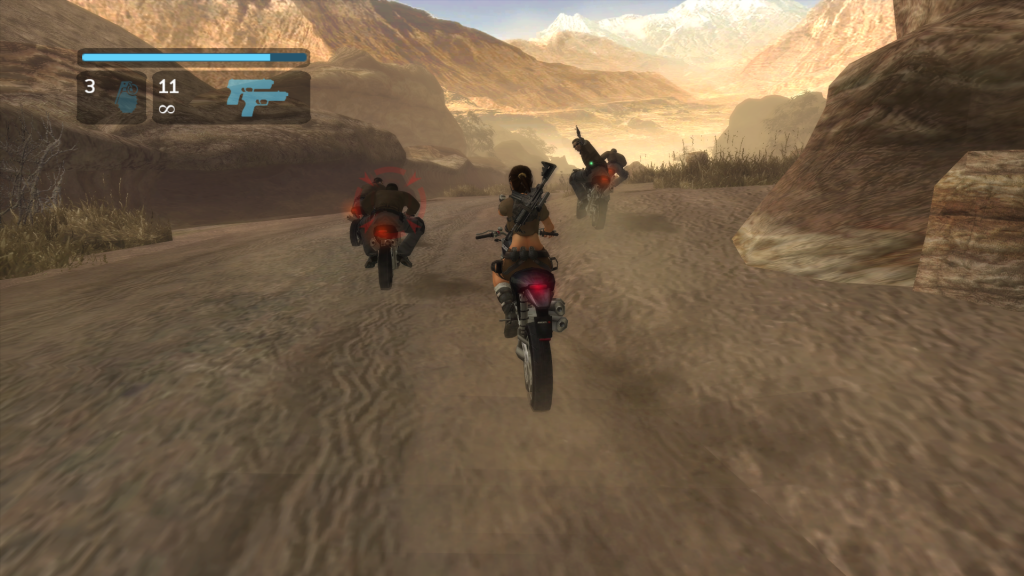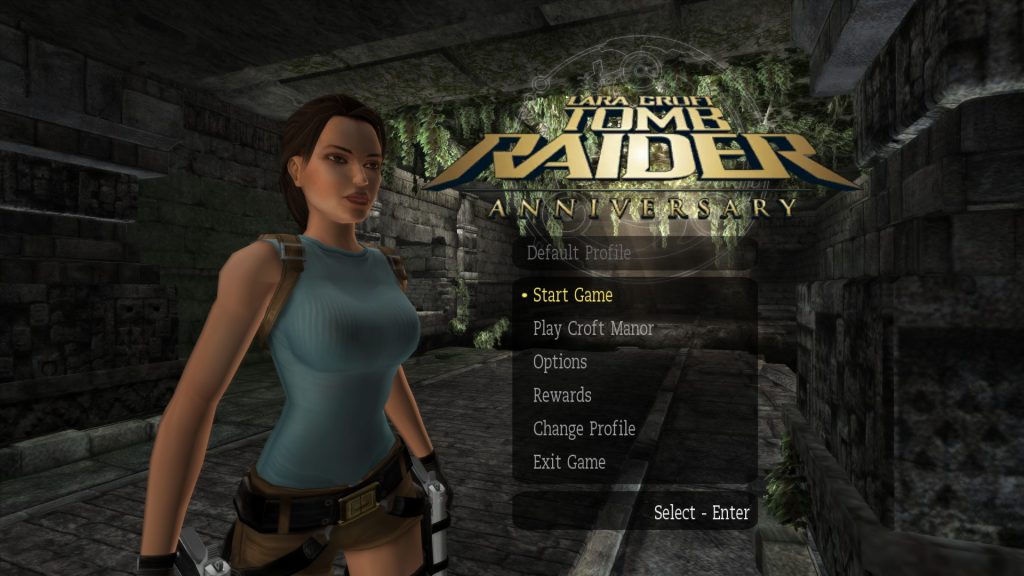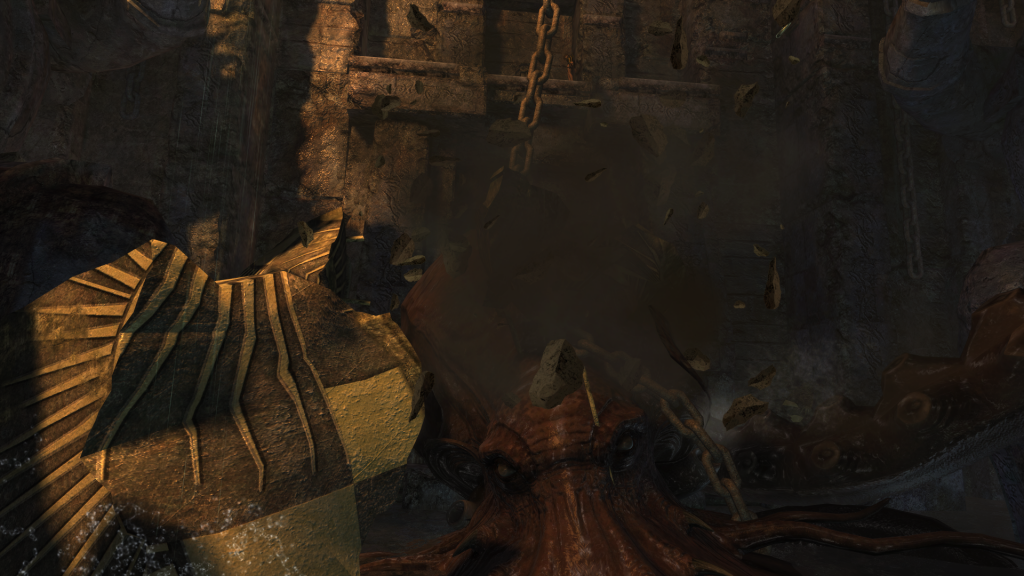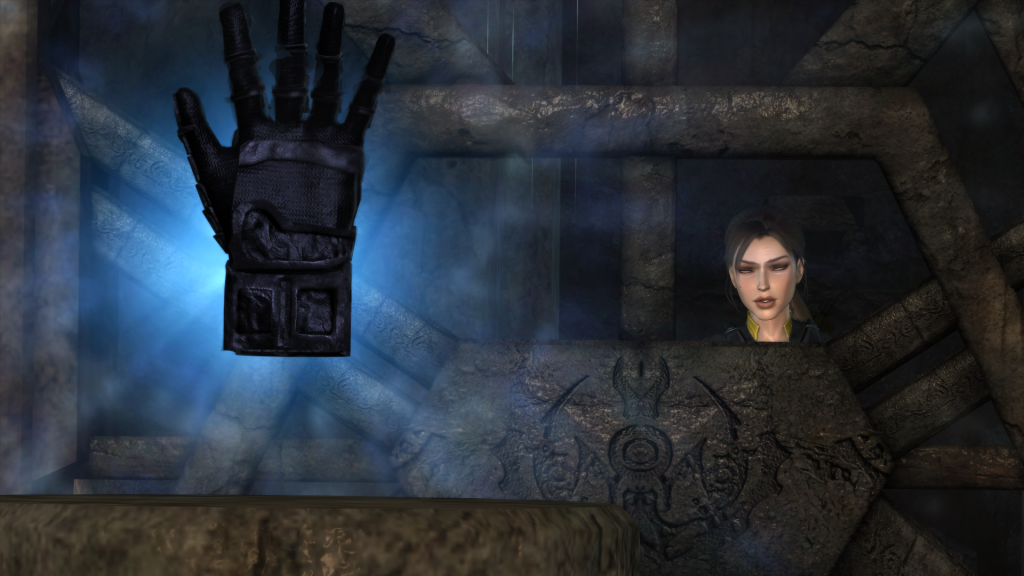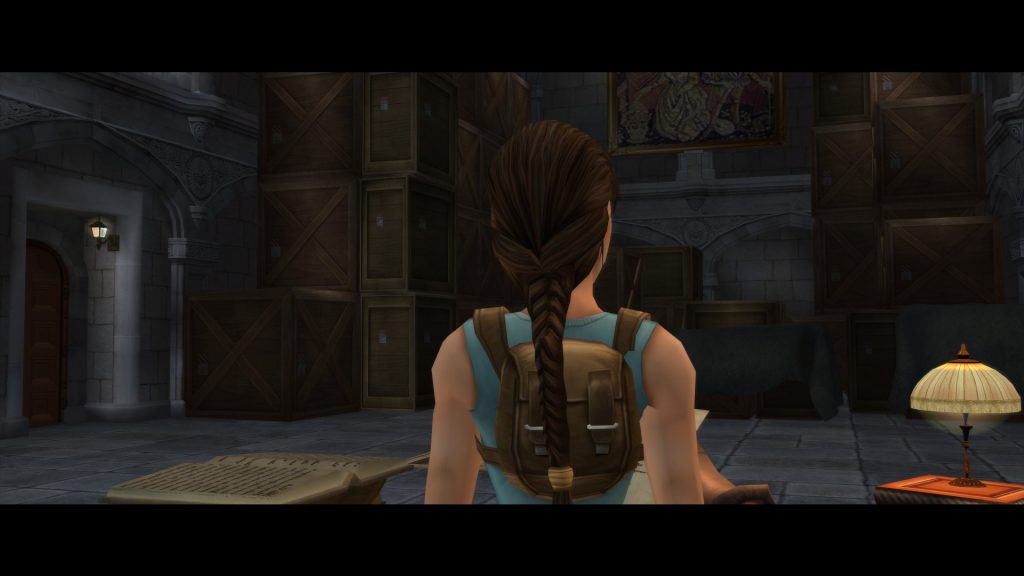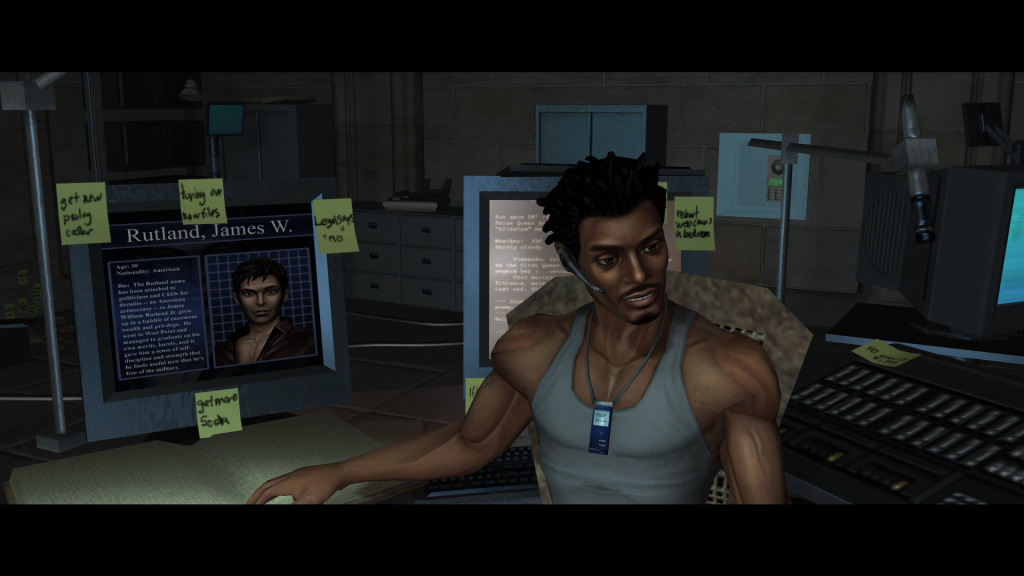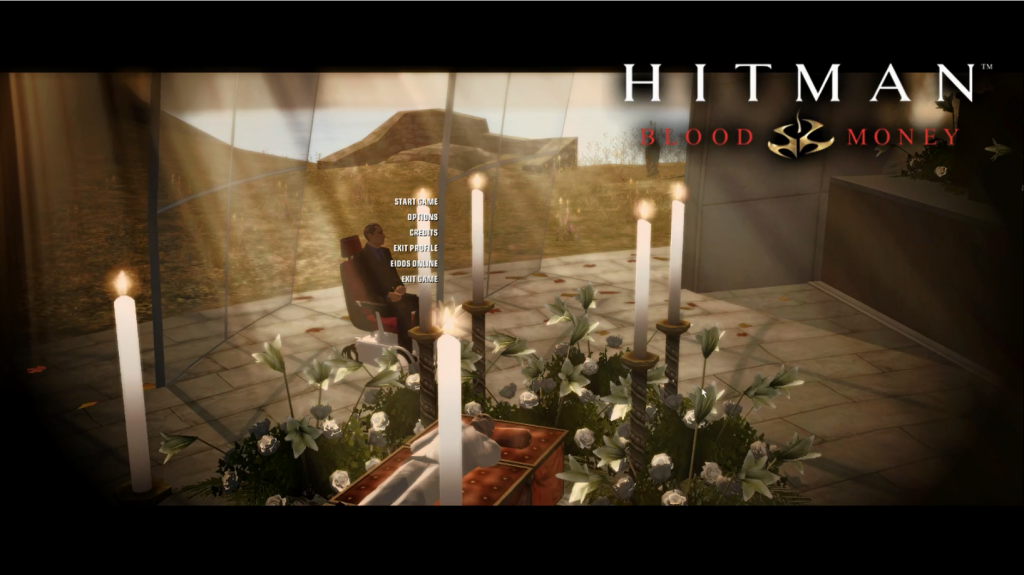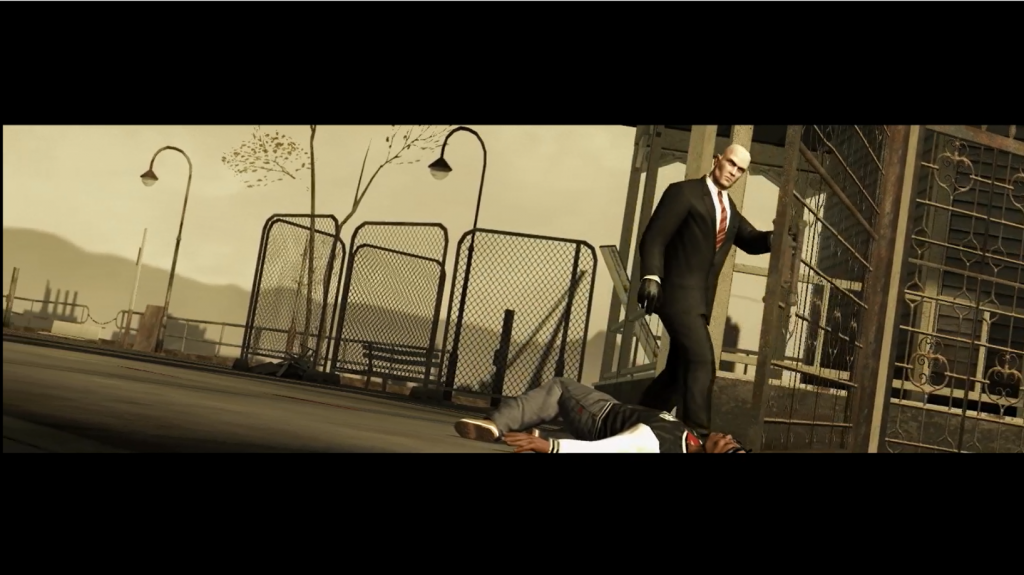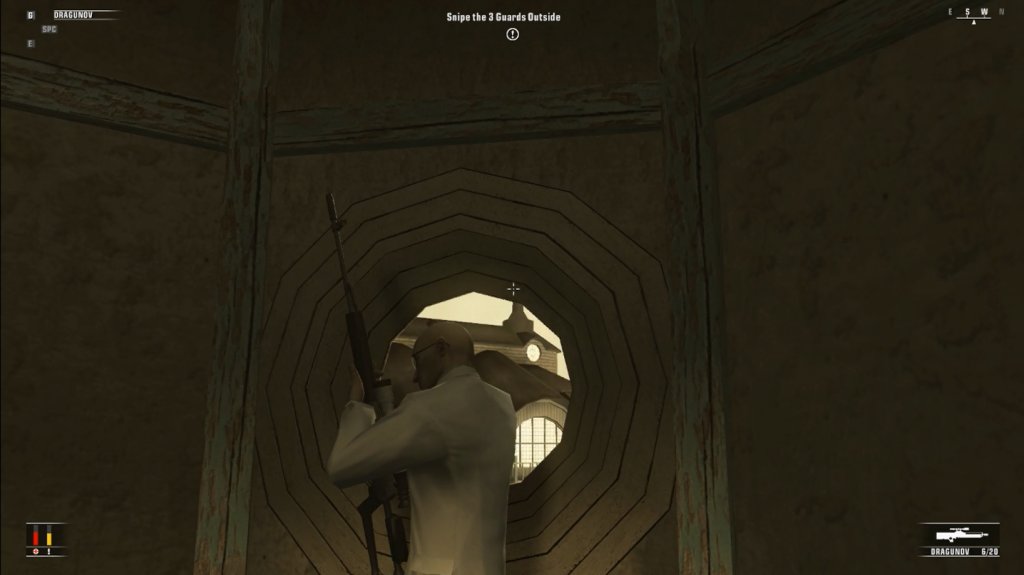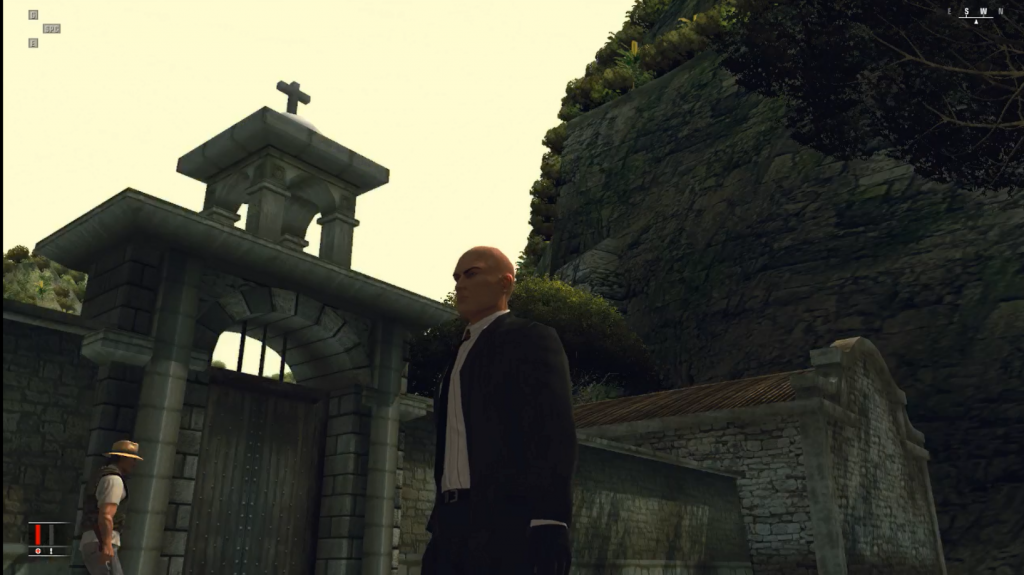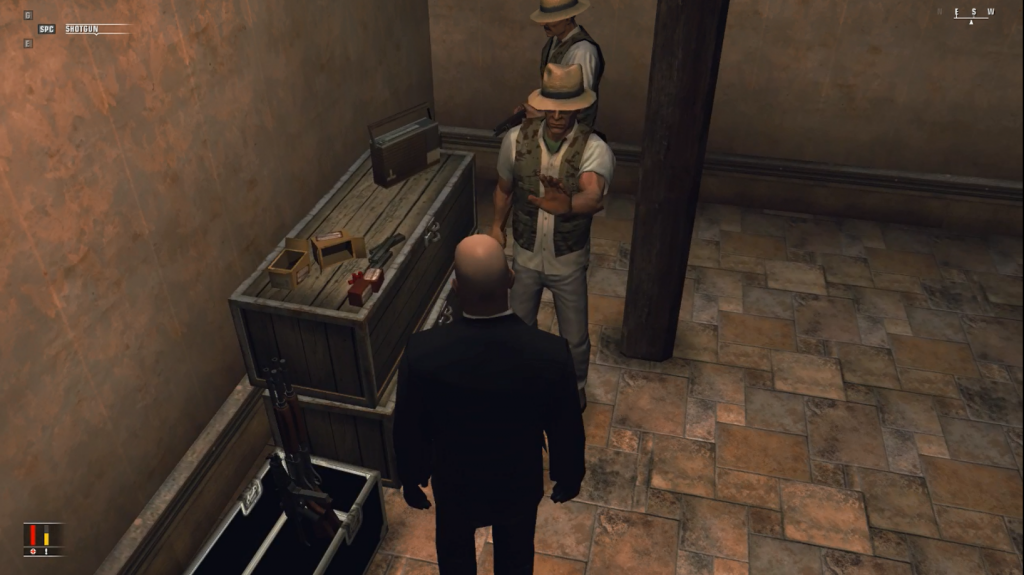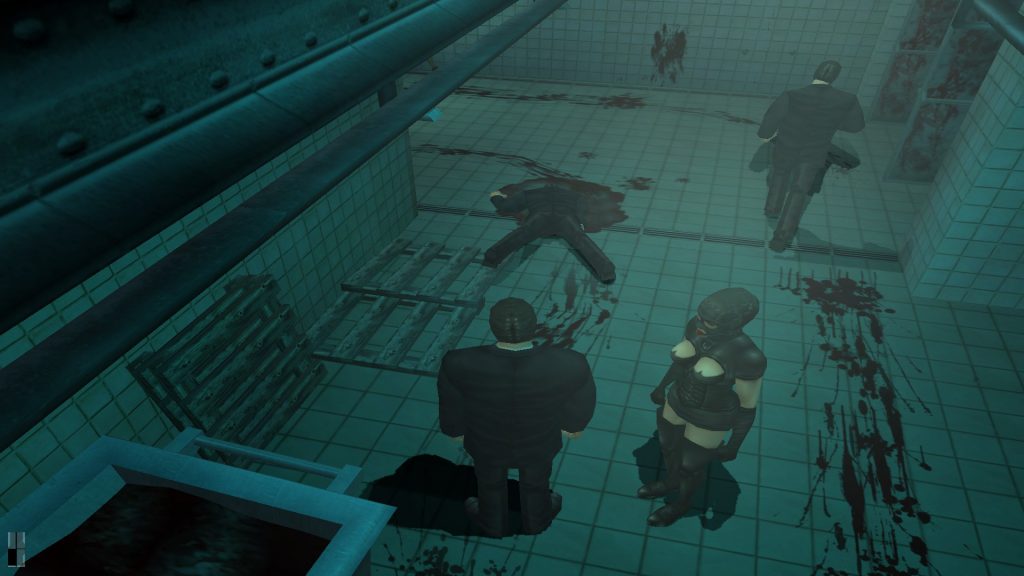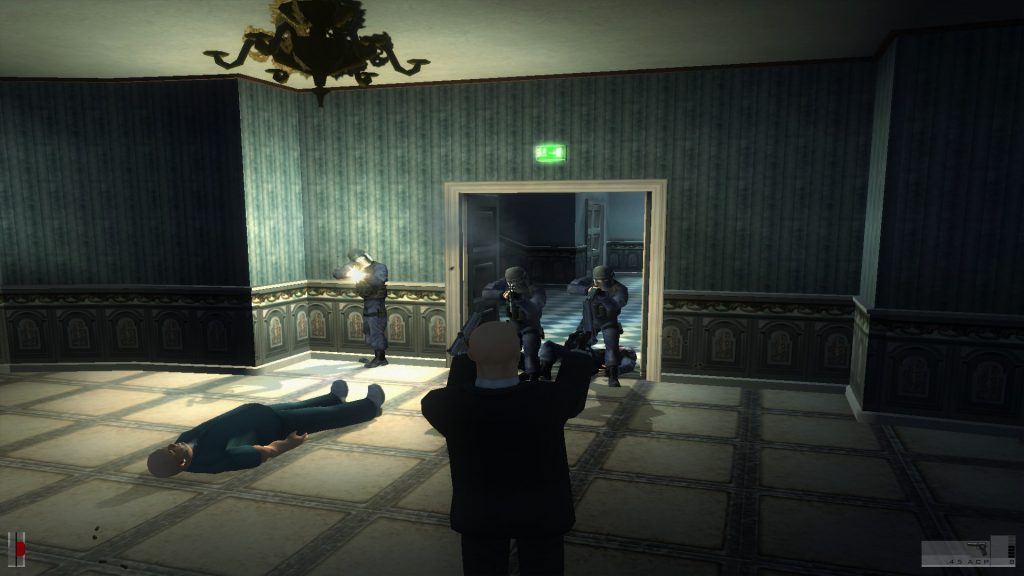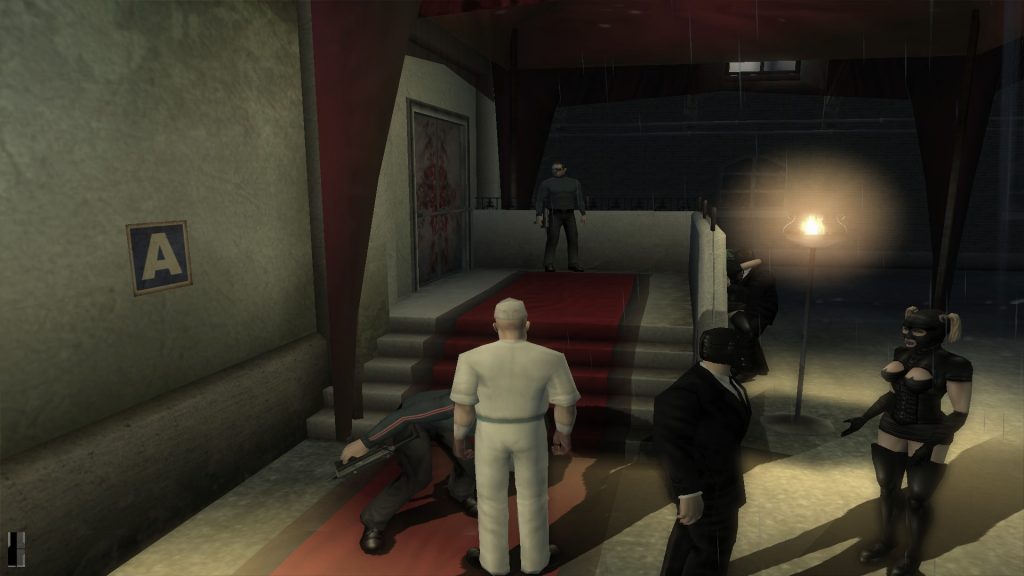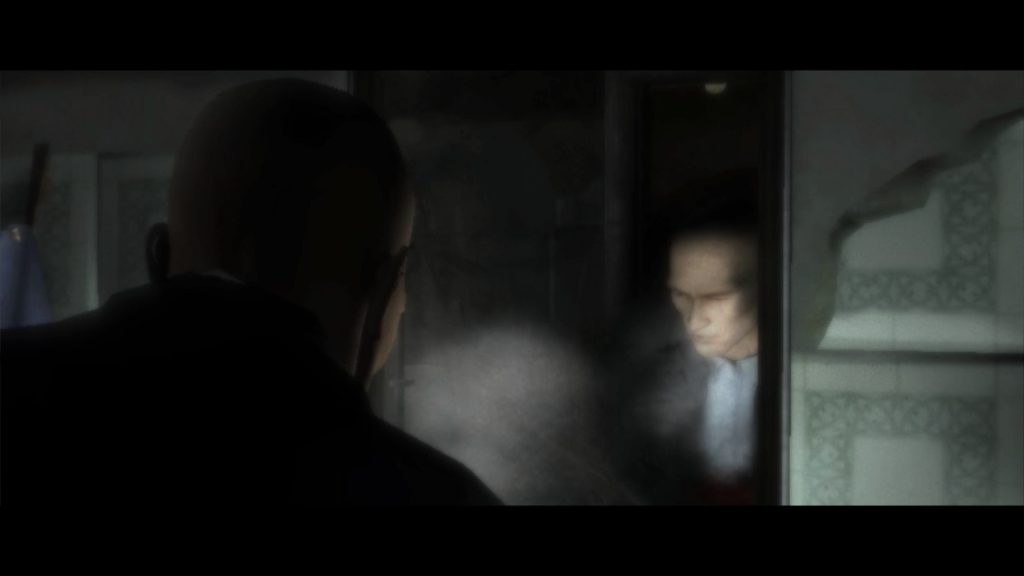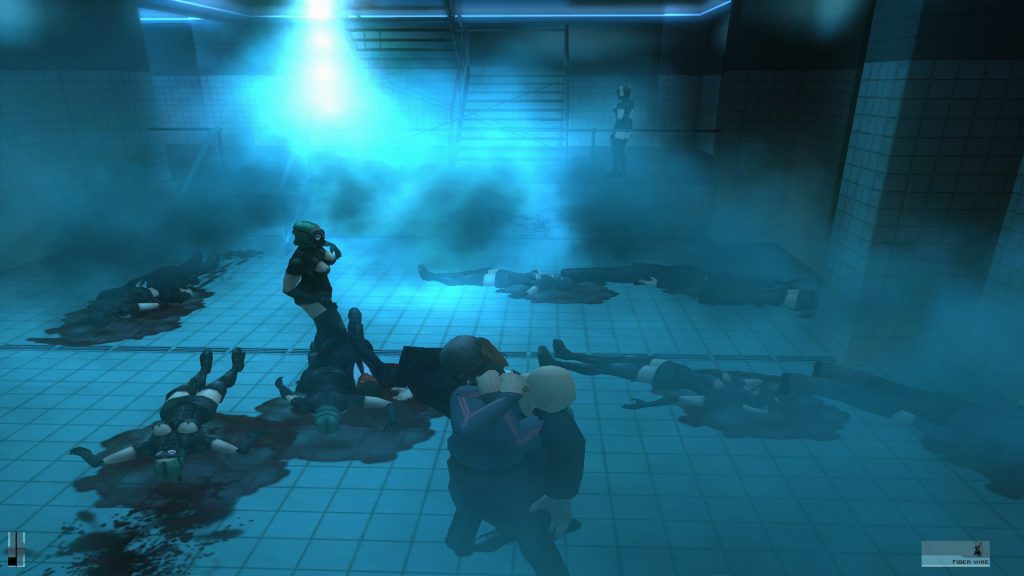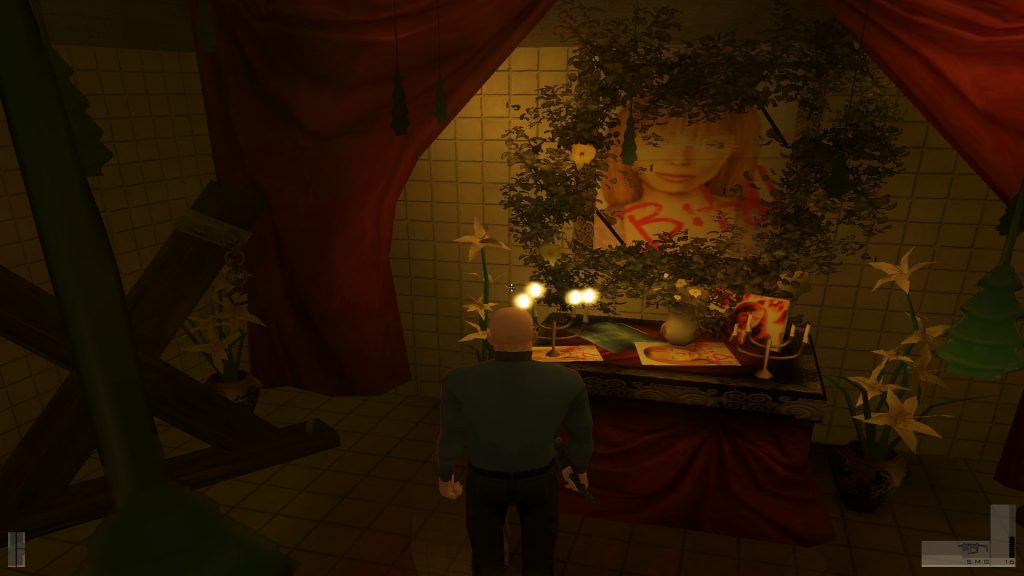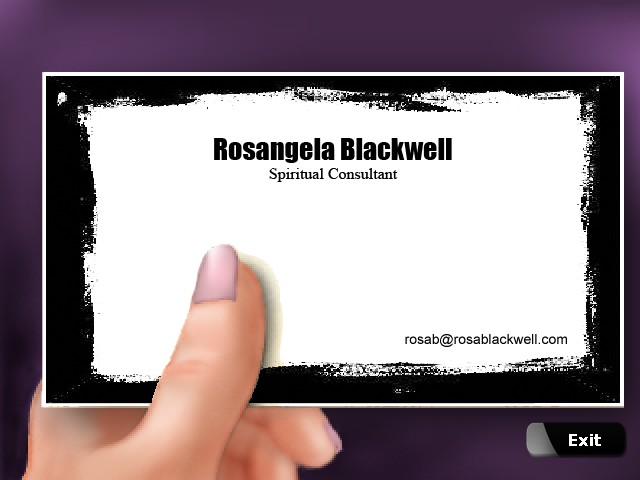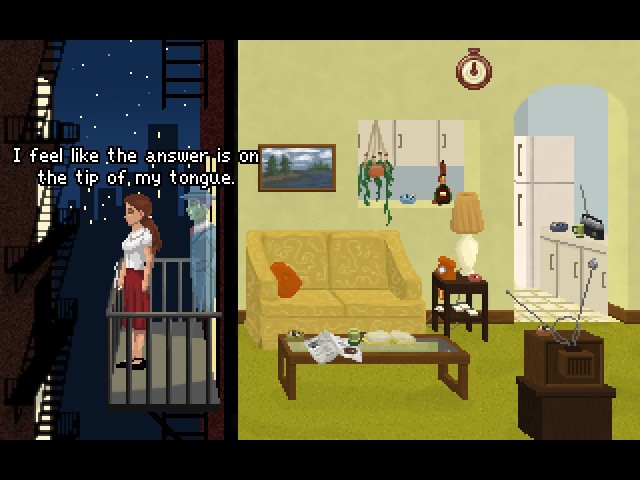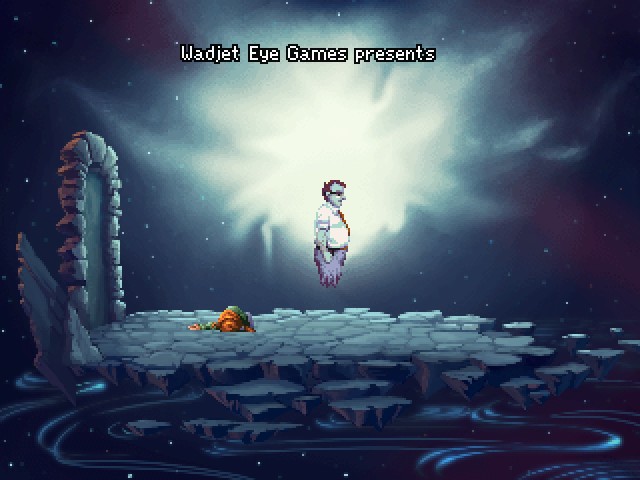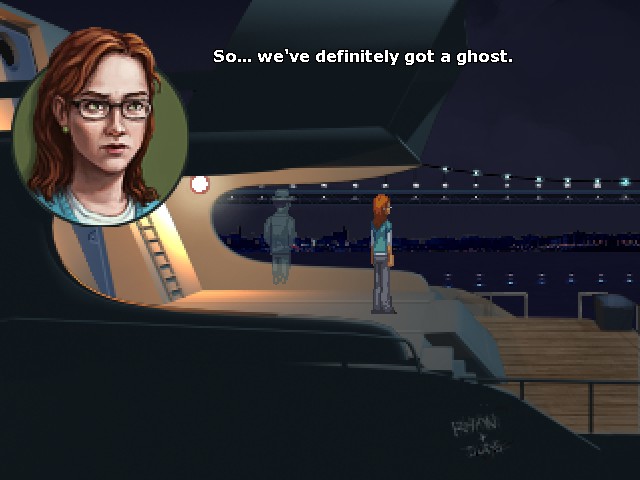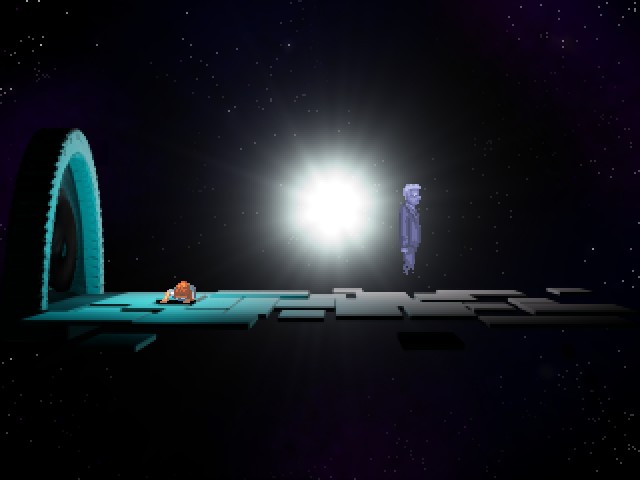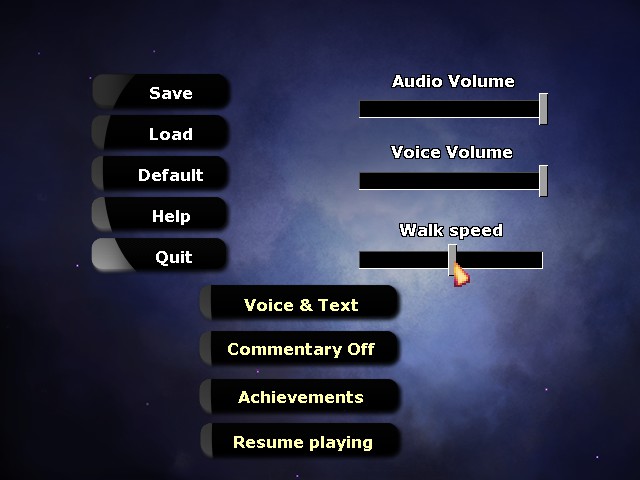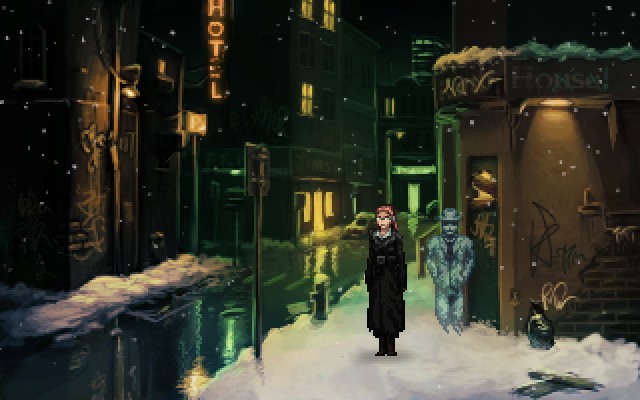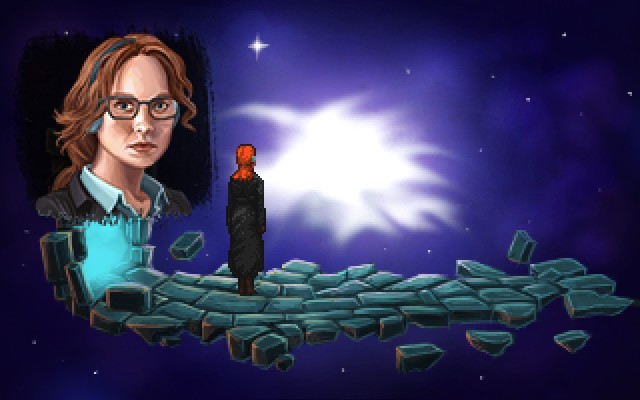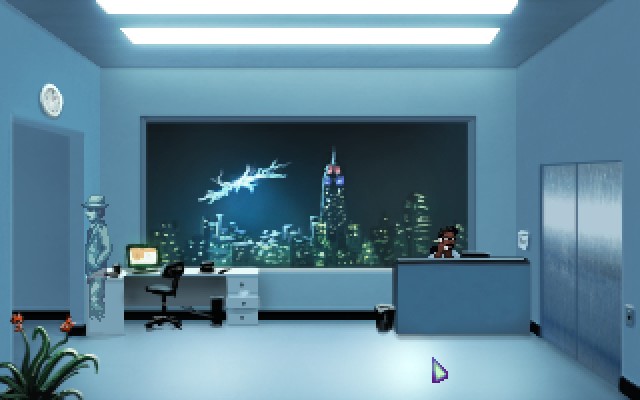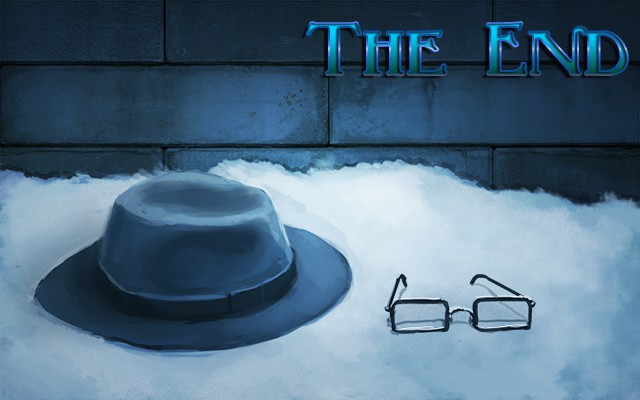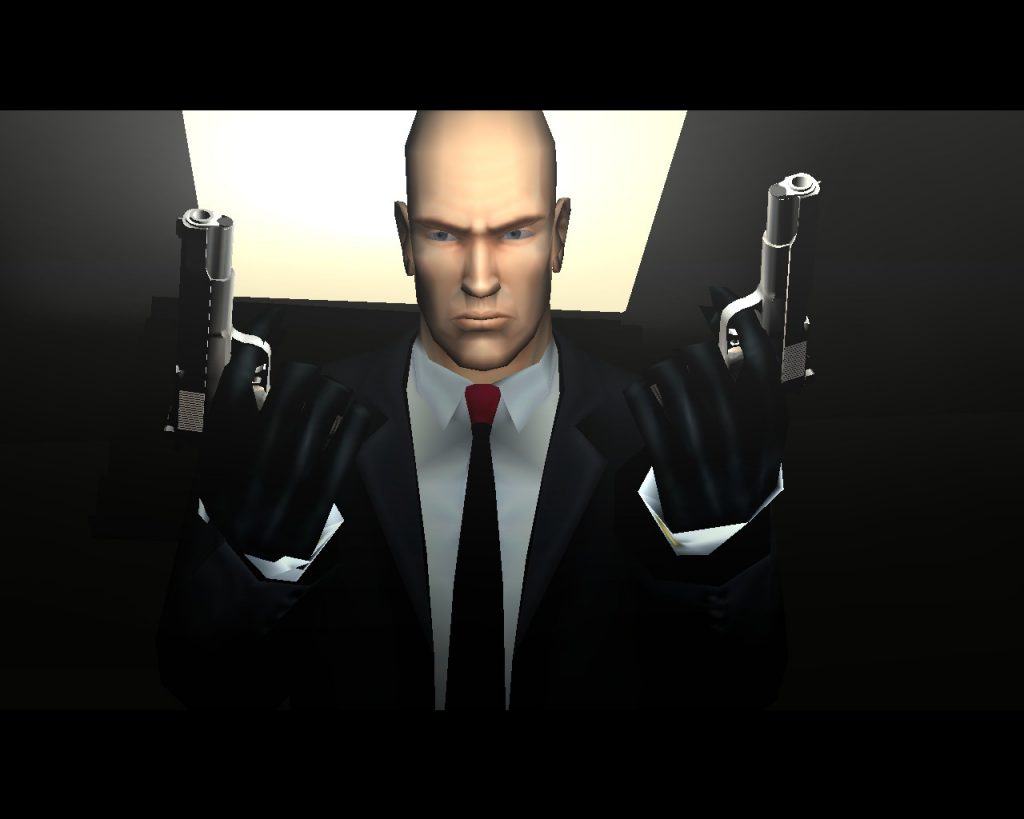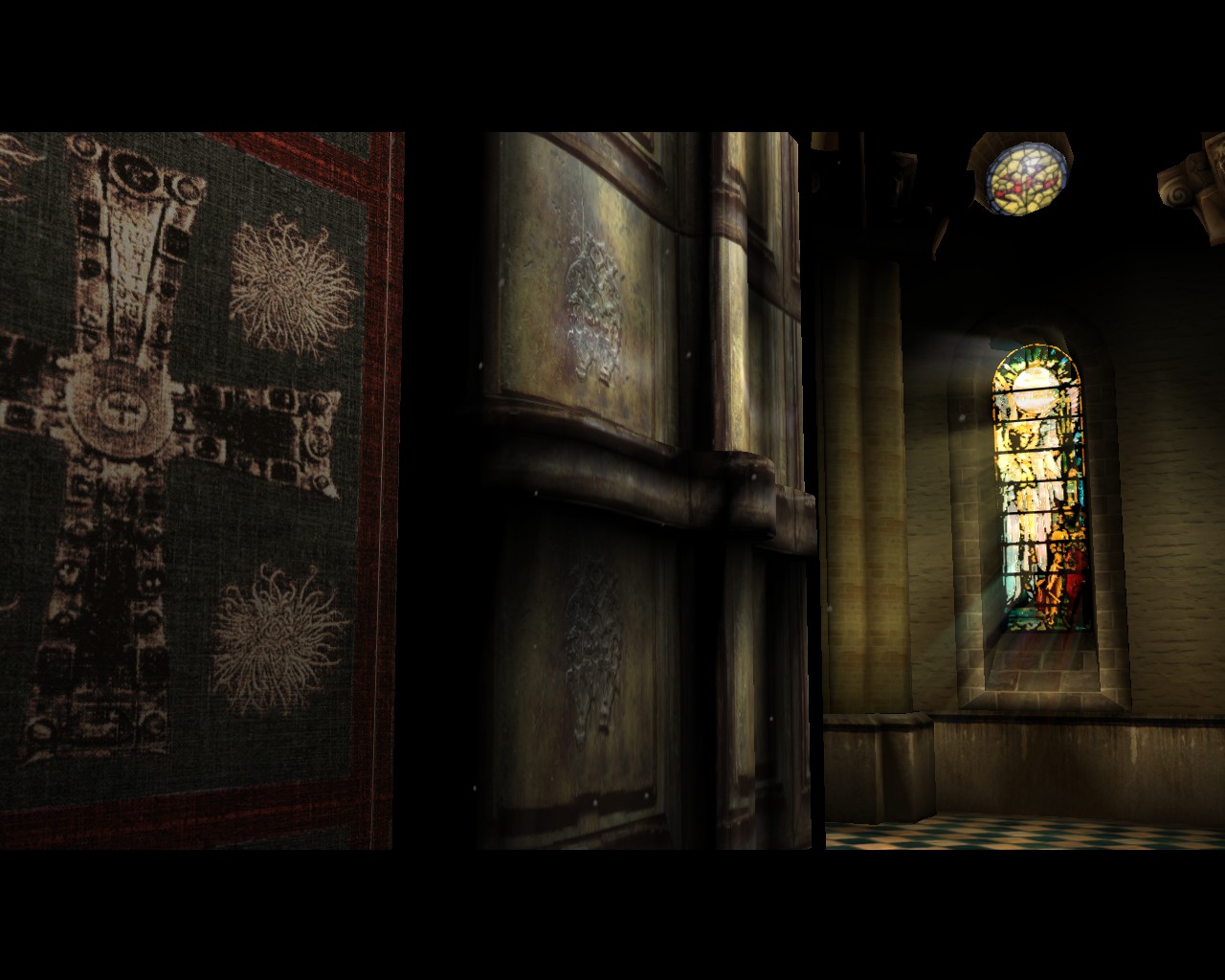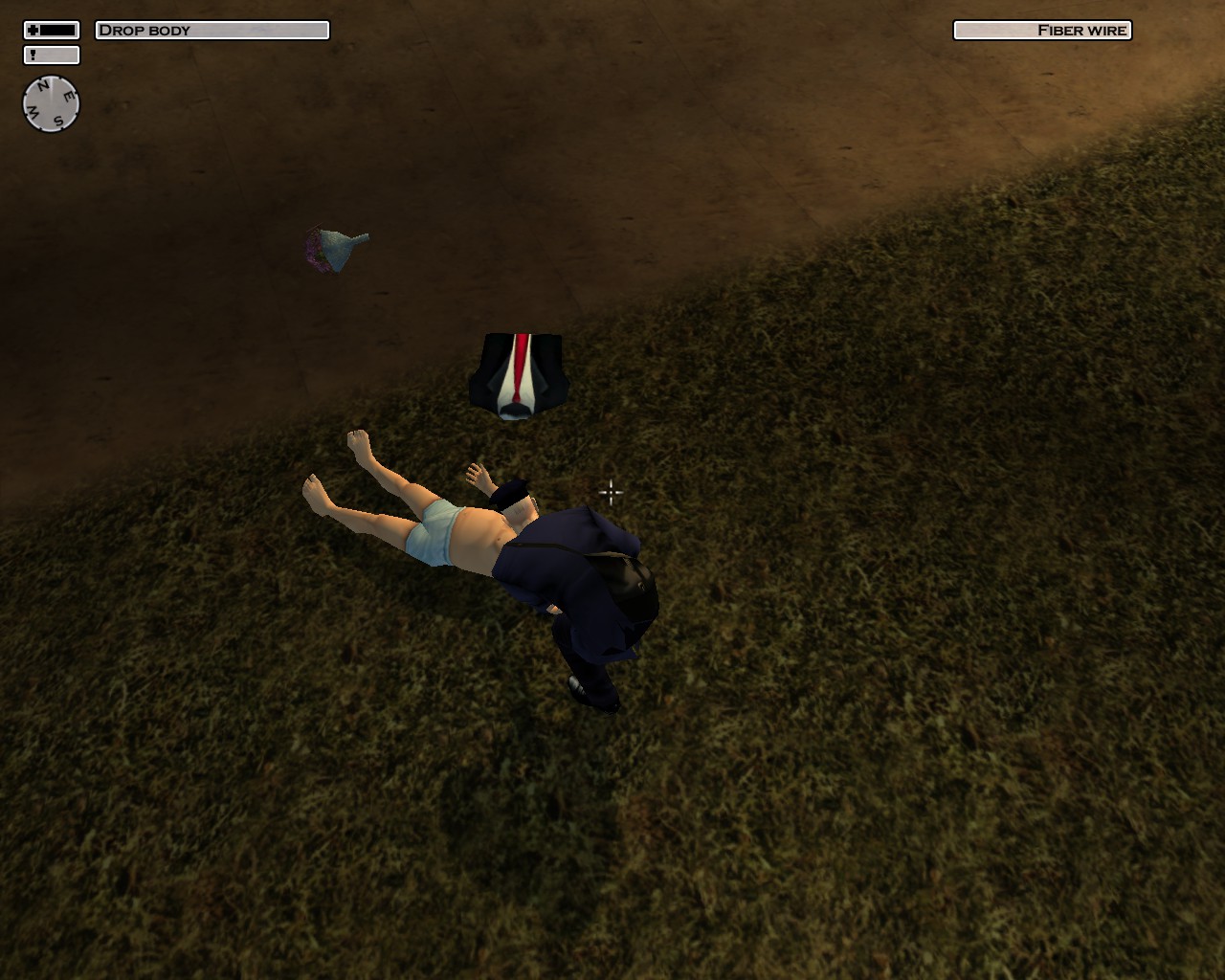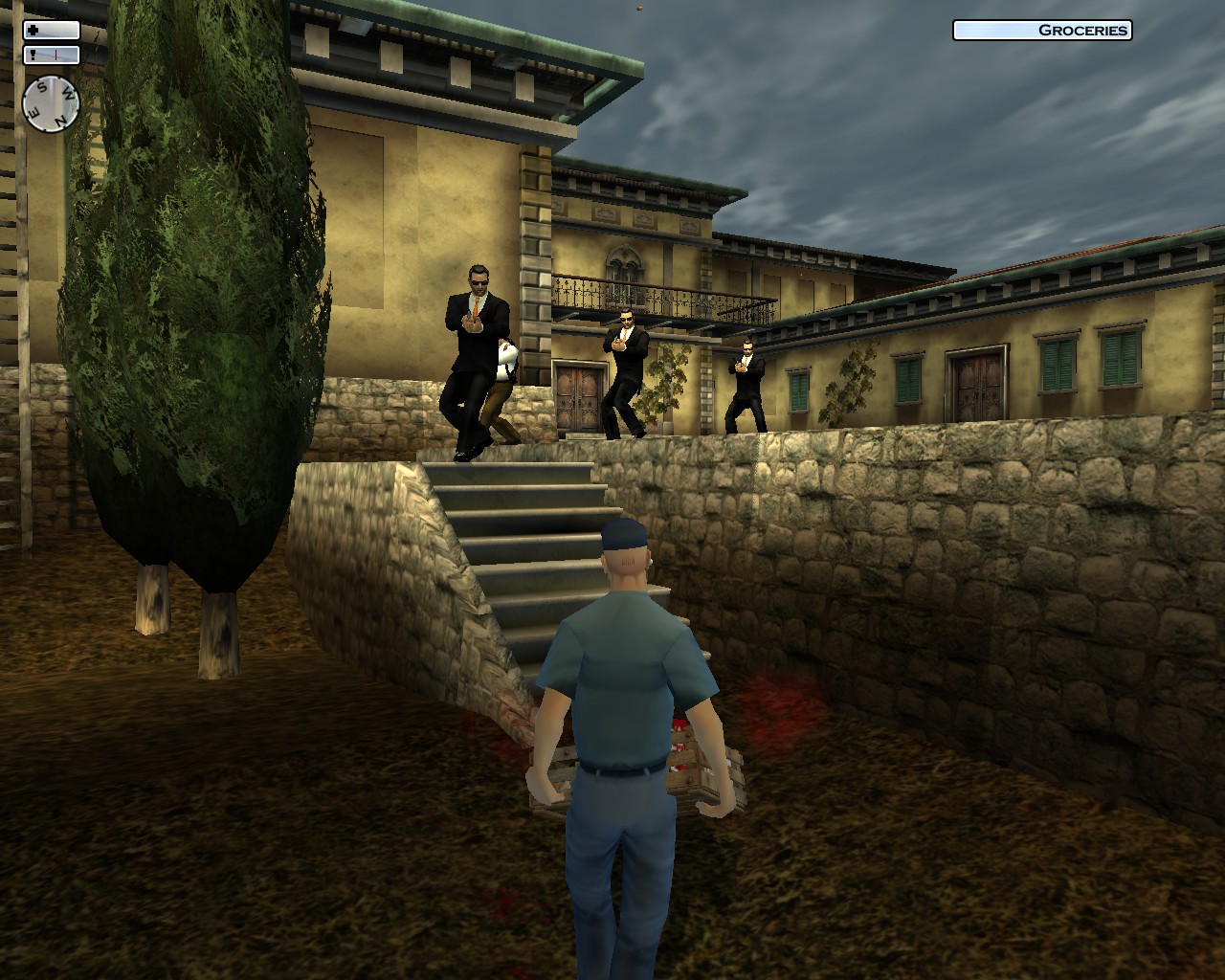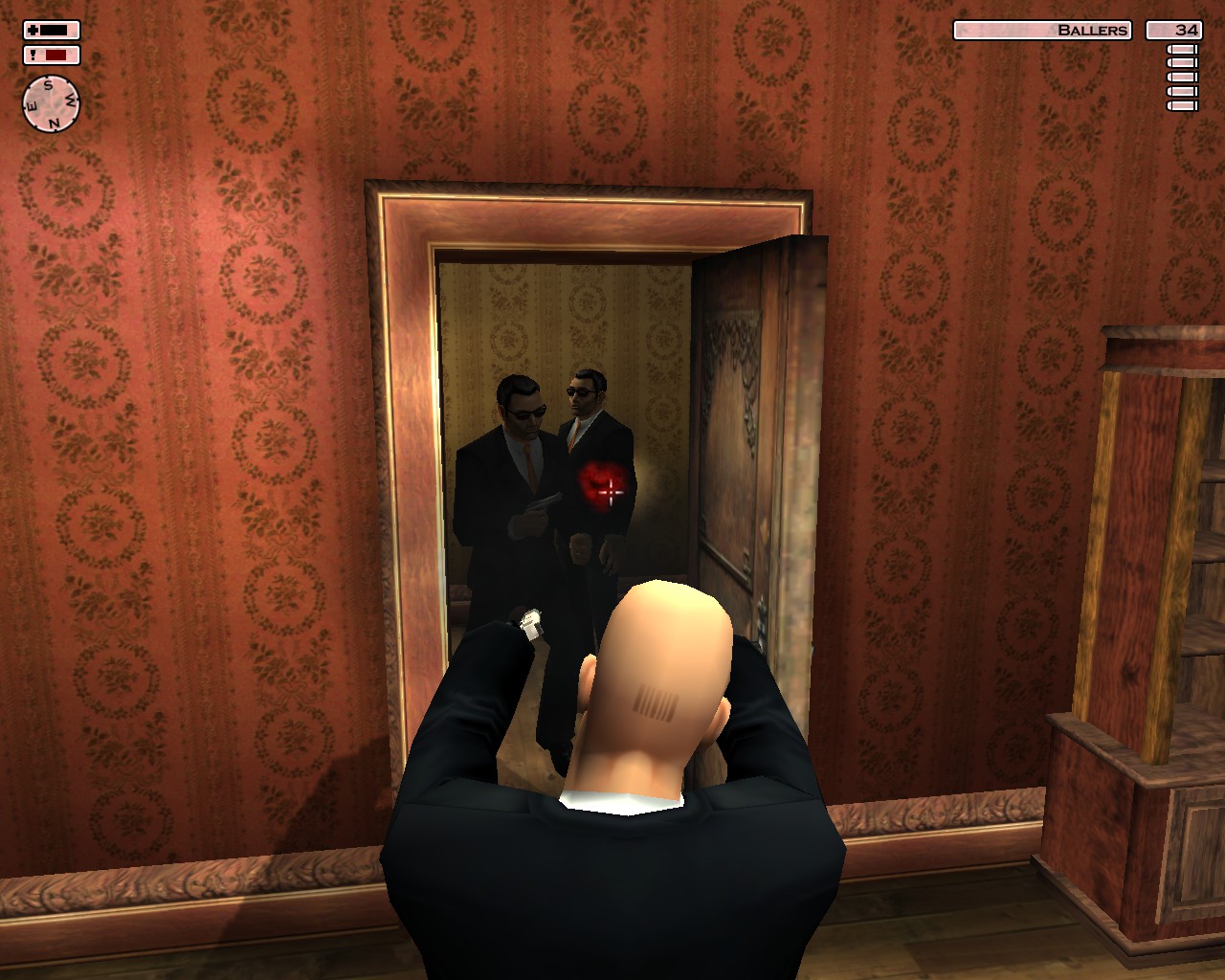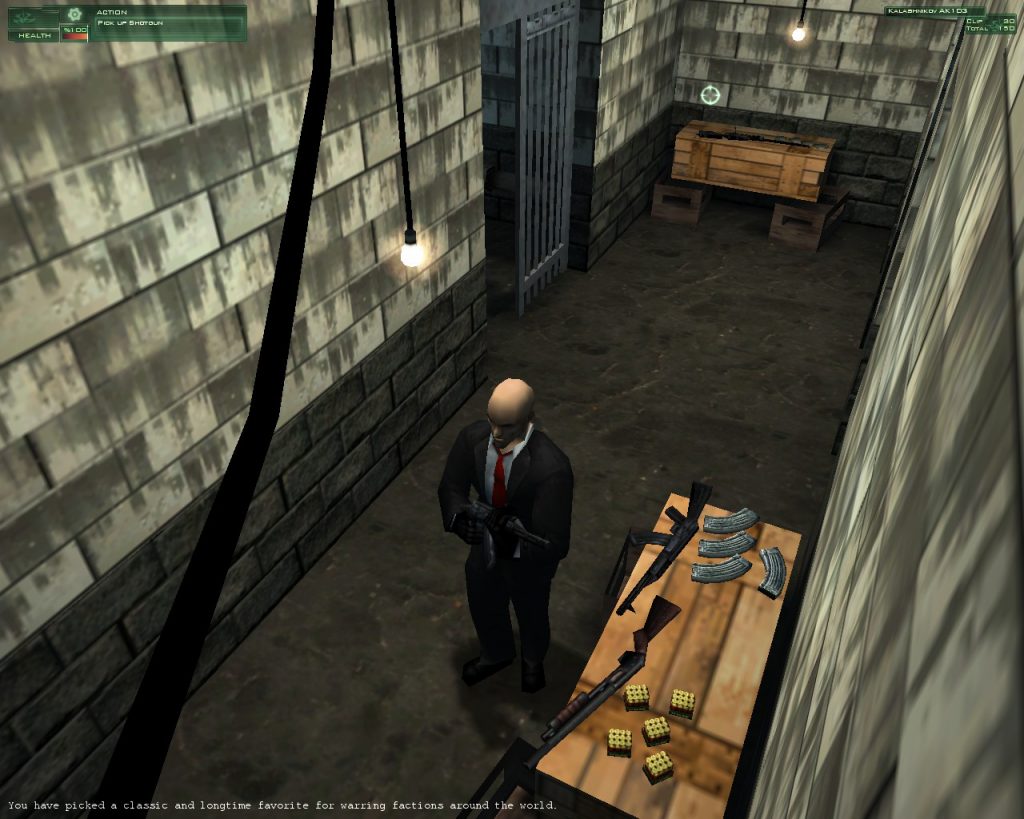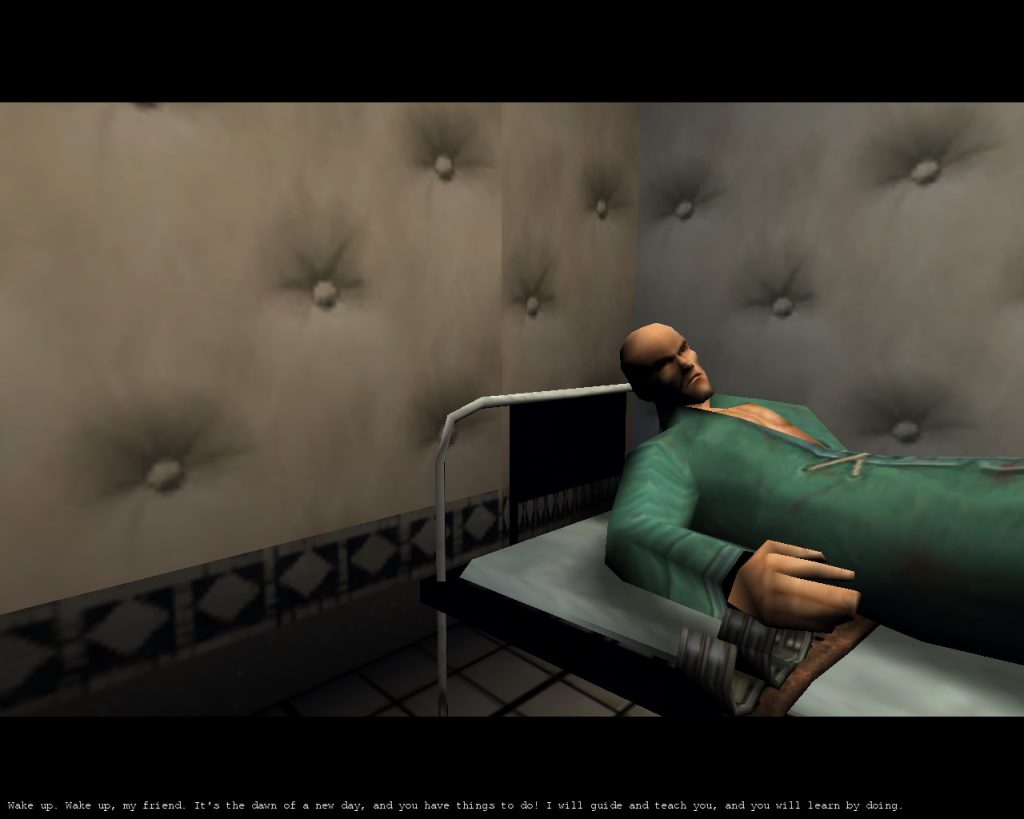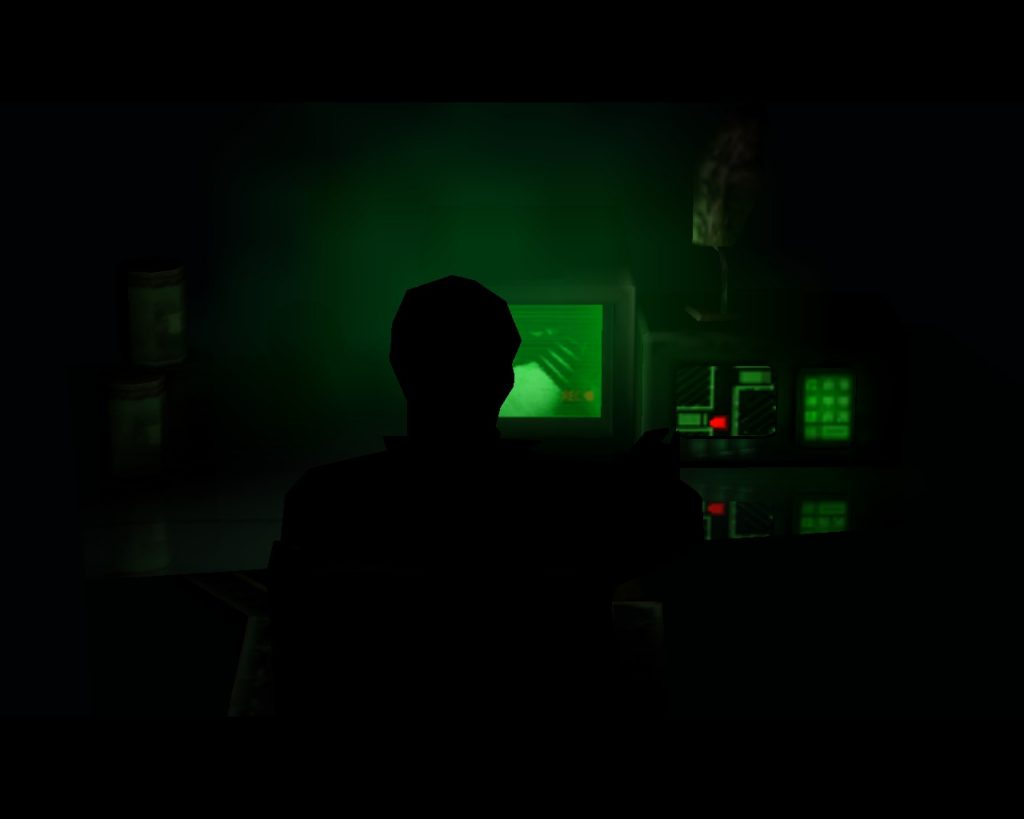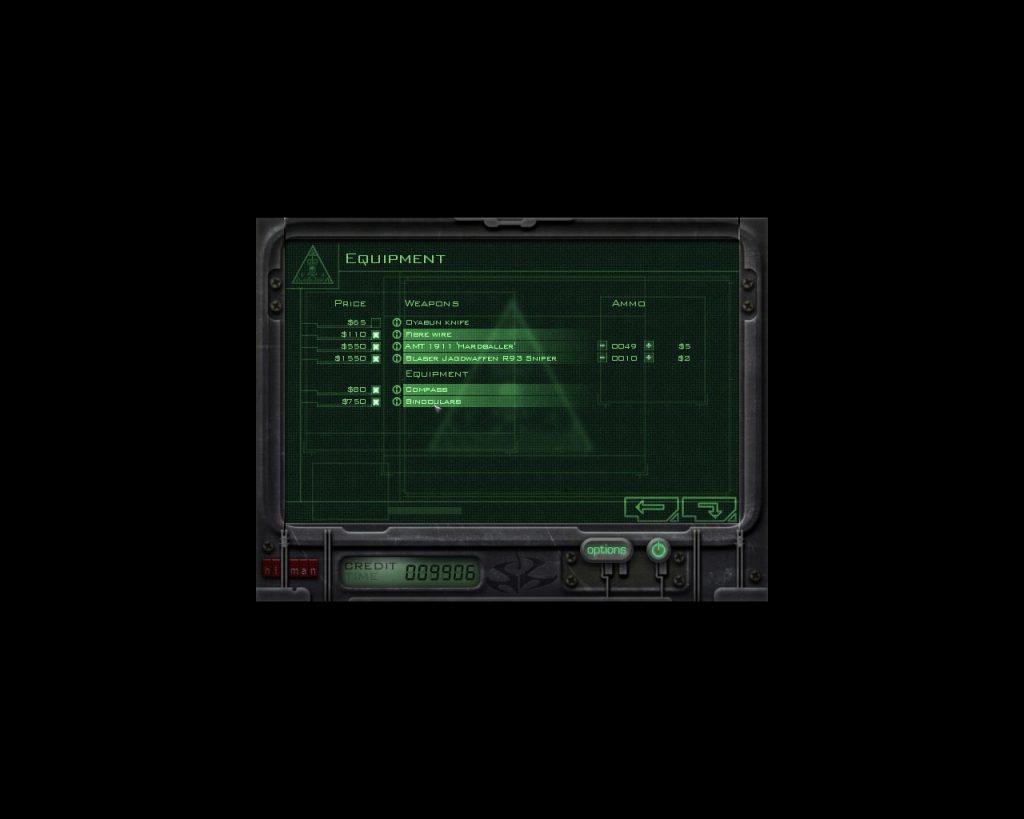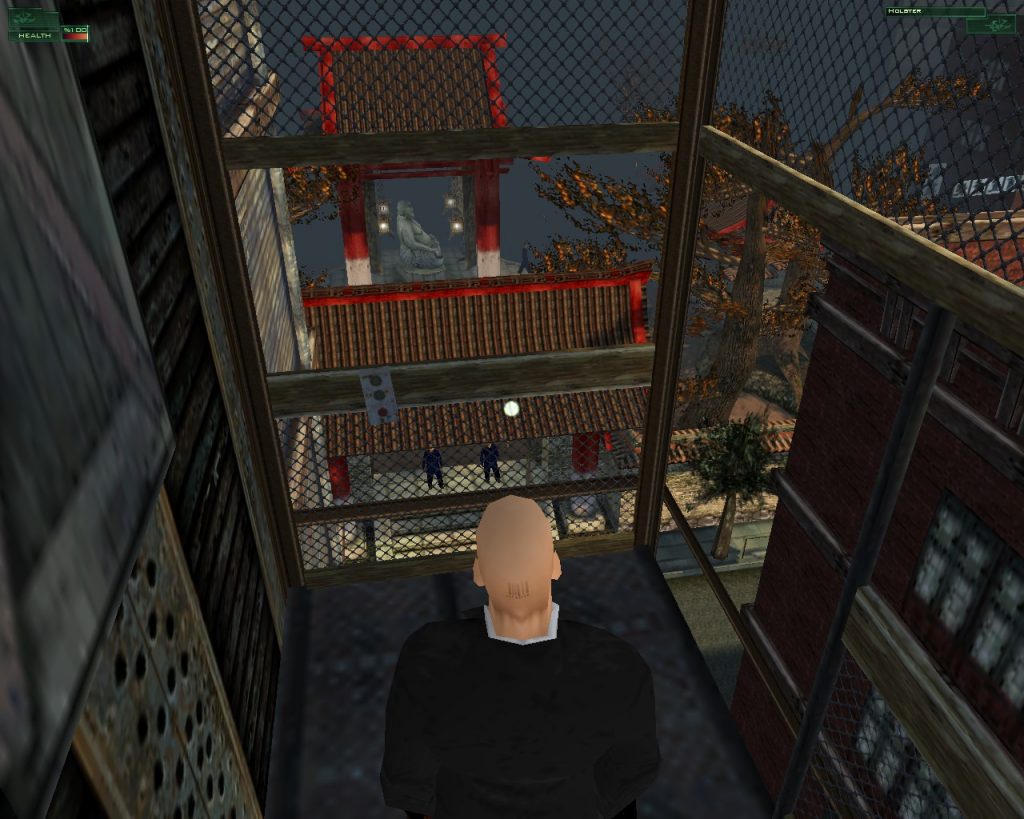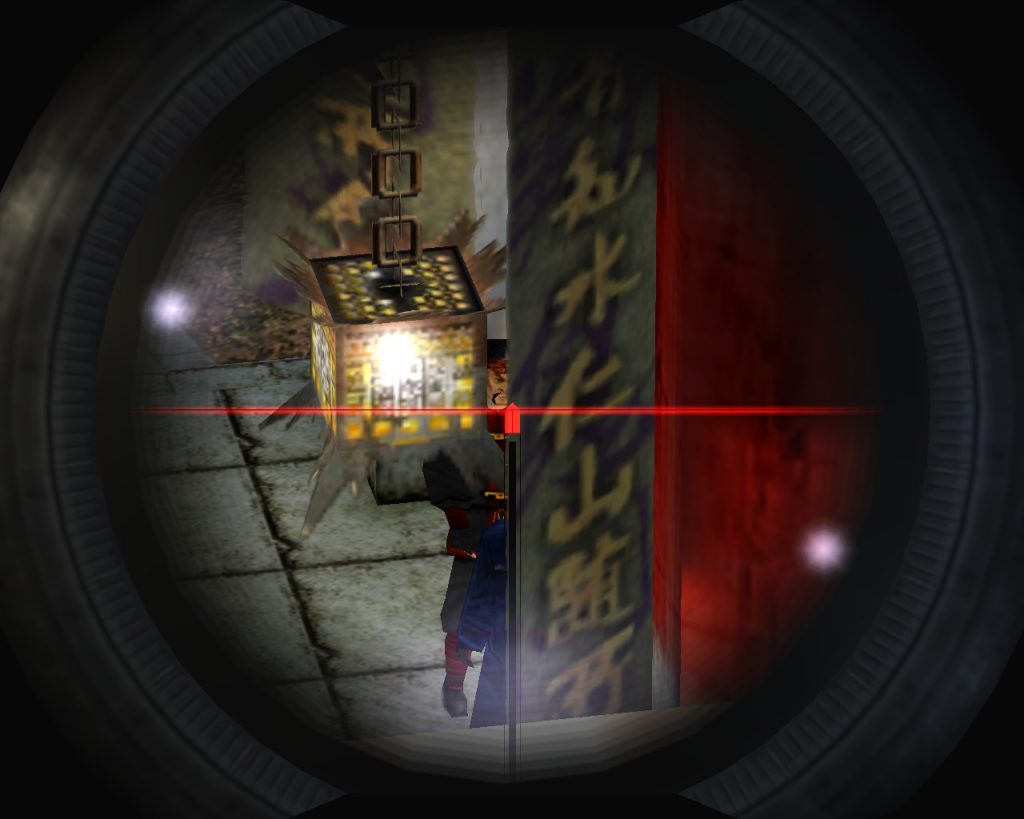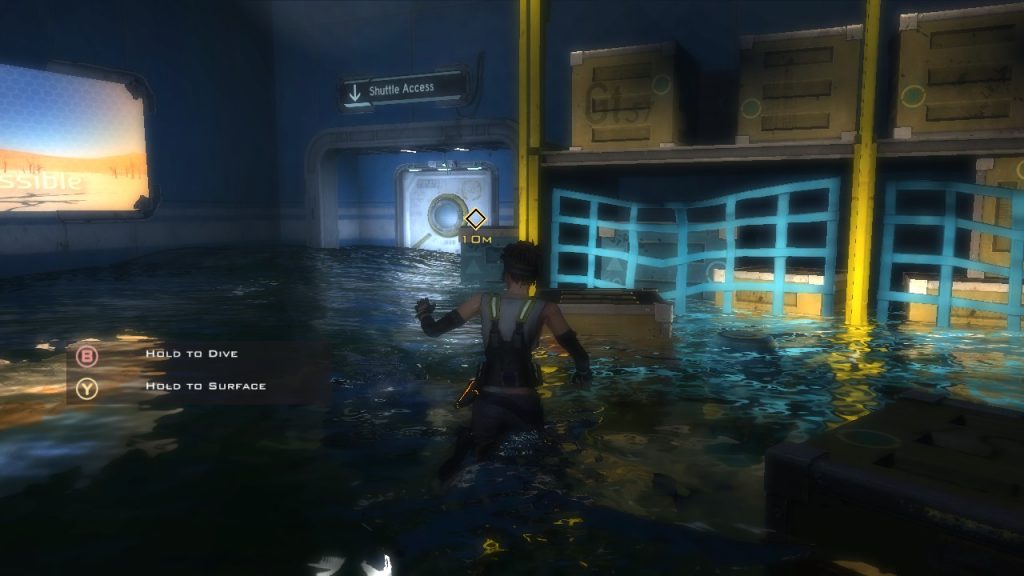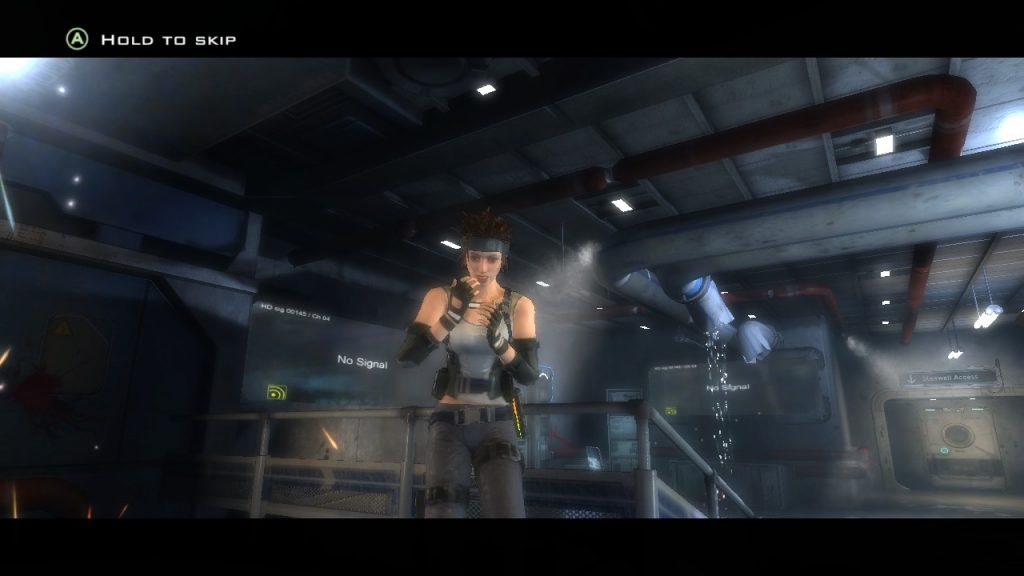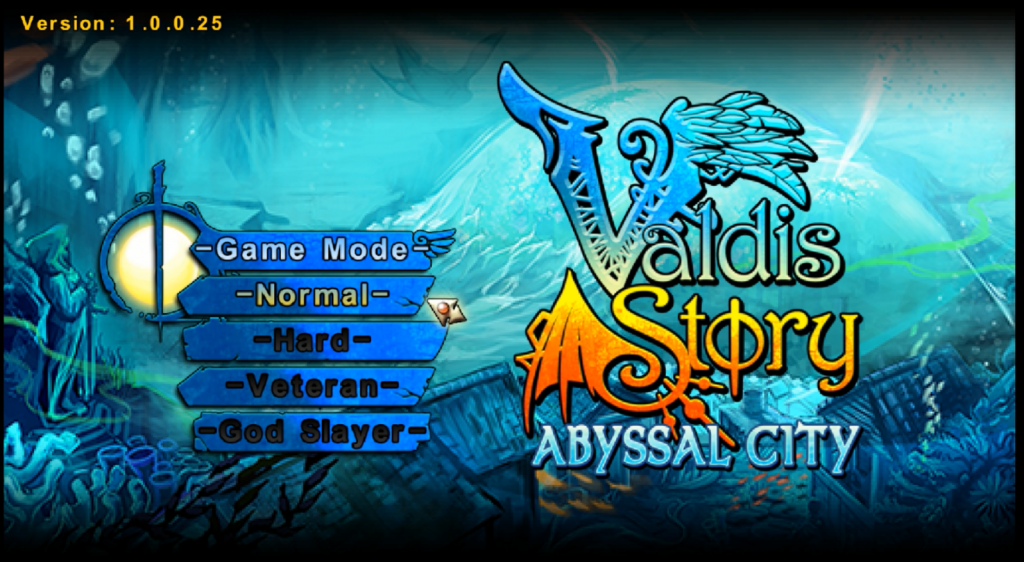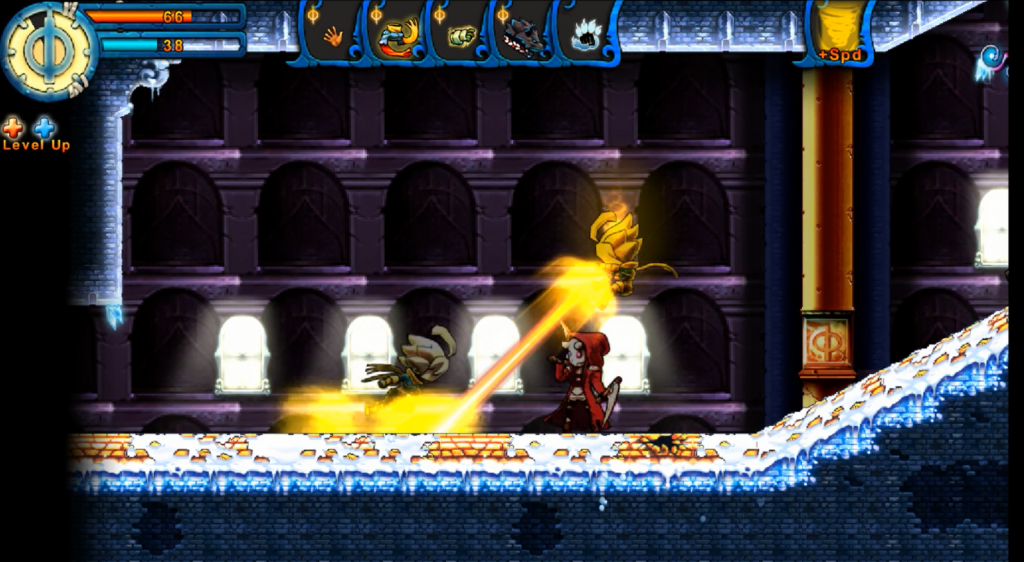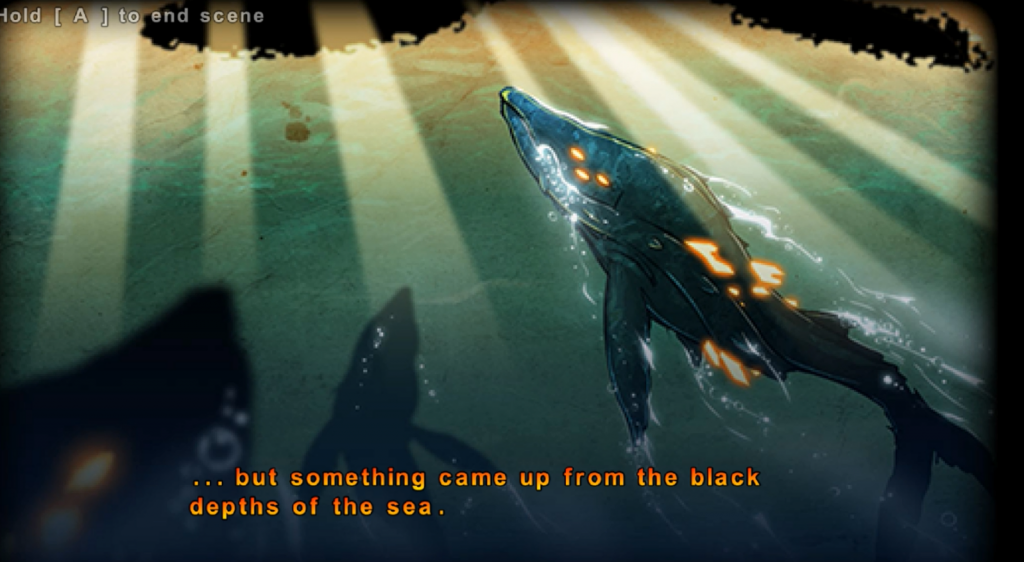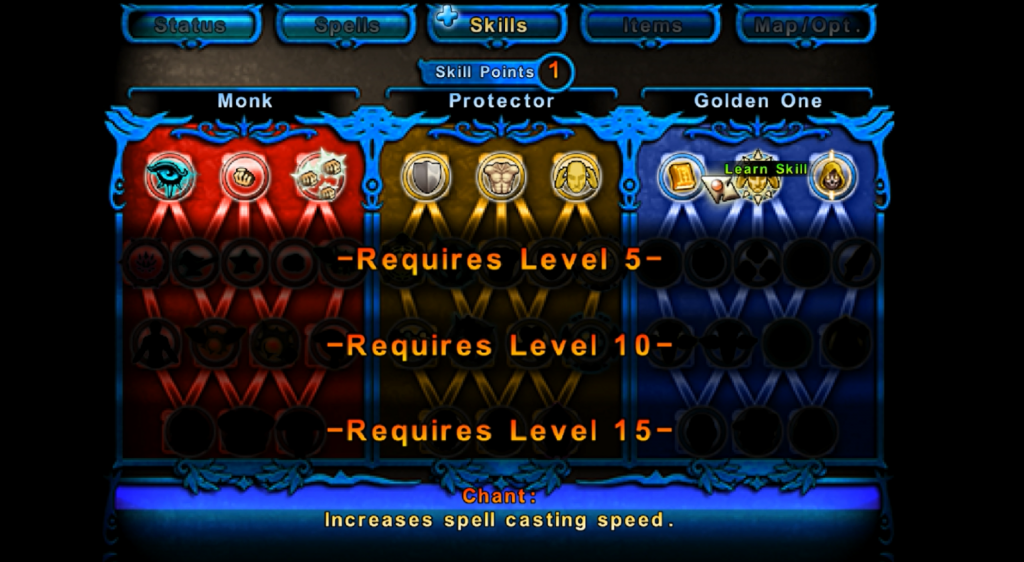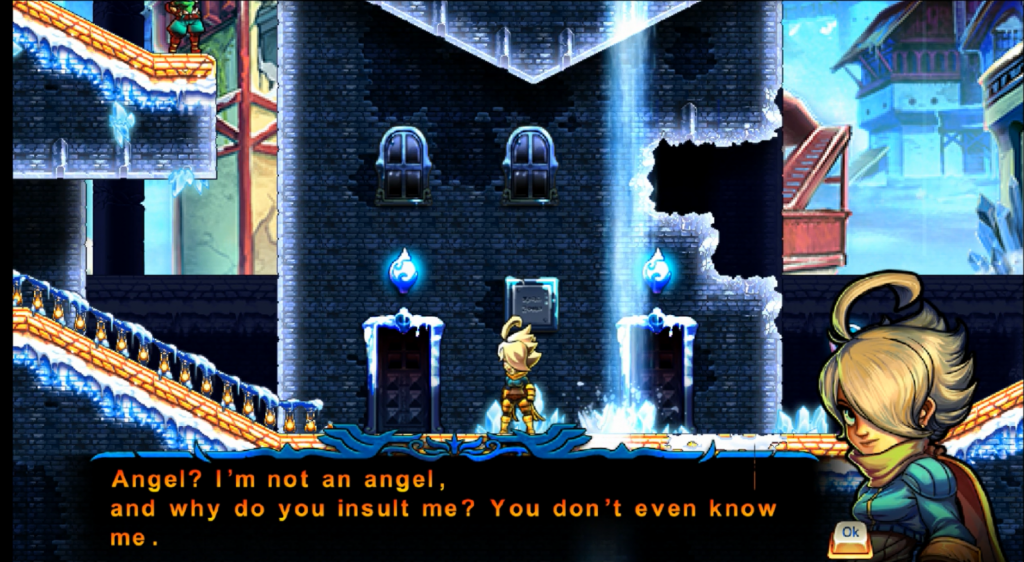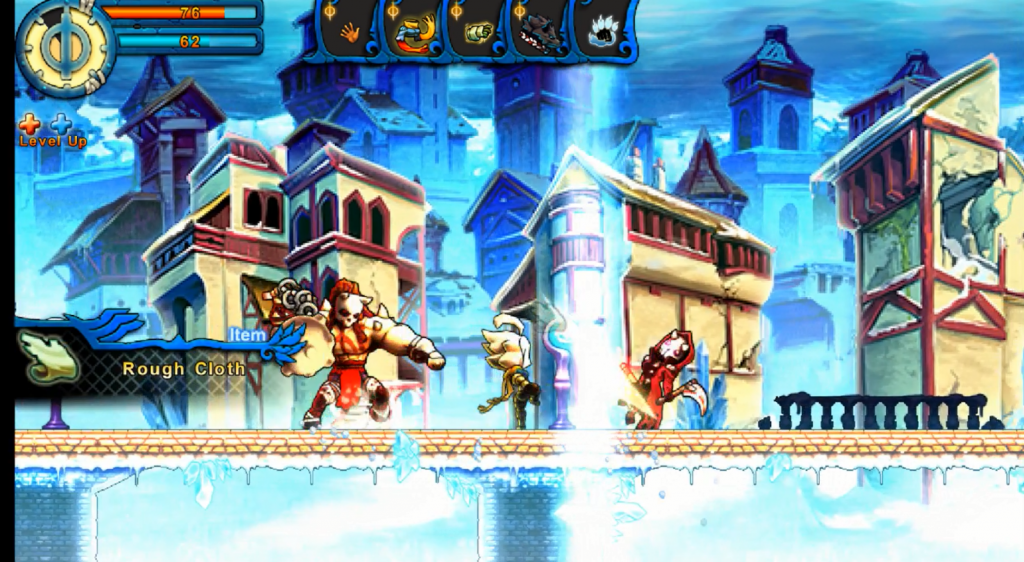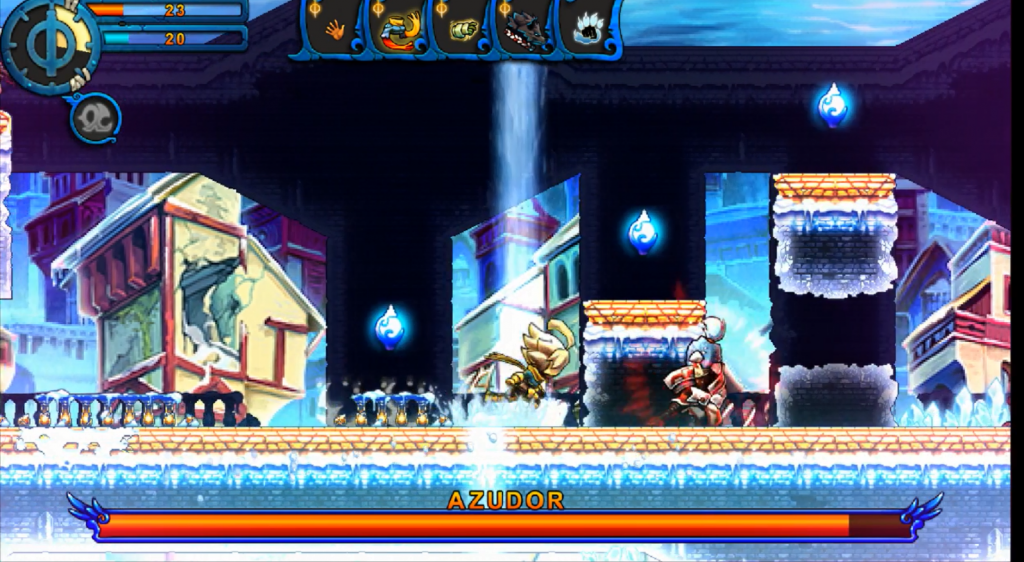Finally, I’ve reached the apex. The 5th Hitman game in my library. The final shot. The final chance for Hitman to right the wrongs, put all the pieces together and really deliver on something good. With a sigh I loaded…
Wow. How. Why?
These questions all came to my mind when , but do little for you, my reader, to implicate what emotion was attached to them. I can tell you that what I felt was a long forgotten feeling. Something that had only barely sparked while playing the first game in the series. Excitement. Interest. Fun. HECK yeah. Hitman Absolution is fantastic.
Wow.
So let’s start with the wow. Absolution took what was present in the previous 4 Hitman games and finally had the courage to push it to the next level. It probably helps that Square Enix was the publisher. Say what you will about their departure from the formula of the old Final Fantasy games, I guess money and experience are probably good ingredients for any game. The first thing I noticed when kicking off Absolution’s executable was the mood. Finally, the mood was right. Agent 47 had the perfect blend of foreboding brooding and silent power without overdoing it. His actions, lines, and mannerisms struck gold in the name of interest, clarity and entertainment all at once. The presentation of 47 was believable without being boring–power fantasy inducing without being gratuitous. For the first time in the franchise, I thought 47 was cool. For the first time, I wanted to be him.
How.
But enough feelings–here’s the list. Level design is fantastic. Pathways are clear but not blatant. Stealth and Brute Force now seem like equally viable options. Stealth options are clear with varying “puzzles” (like drugging a guard’s coffee) that keep it from just being limited to “steal someone’s clothes and walk slowly.” Brute force now feels fun instead of unrealistic–there are actual gunplay mechanics now. Cover can be taken because taking cover makes sense in a gunfight, but it does not devolve into just another cover-shooter game. Time slows down when you get a headshot on an unsuspecting target giving you motivation to aim for the head and be precise in your targeting–a case where mechanics and mood are confluent into the role that you are playing. It makes you feel like a hitman, who would want to leave as few bullets as possible.
If your cover is blown, you can regain it by eliminating all who’ve seen you. Your actions and the way they affect the world around you and your score is very clearly shown through the HUD. Skills are usable through a rechargeable “instinct” bar which add a new level of strategy and technique. Enemies aren’t brainless–they move and act like intelligent people intent on self-preservation. Out of combat they react to you and each other in manners that add believability to their existence. There are tons of ways to solve your problems and you’re allowed to choose whichever method you can figure out. 47 drags bodies quickly (it’s about damn time). Stealth actually seems as fun as brute force–I felt like I was missing out by taking the bloodbath path on the first mission so much so, that I restarted the mission and did it cleaner.
Why.
After such a positive influx of gameplay I turned off the game, sat back and tried to figure out why the heck I was having such a better time. Was it because I expected to have a bad time and thus the bar was low? No, I expected to have a bad time for the 3rd and 4th installment. Was it because it was a more modern game? A game released by Enix, who could afford to throw in the extra kinds of lighting, special effects and graphical detail expected from a AAA title? Well, they certainly didn’t hurt, but some of my favorite games have graphics so ugly that it’s probably a sin, so I don’t think that was it either. Was it the sex-appeal from the shower scene where you fridge your former partner? Or the appeal of the school-girl, literally in a school-girl uniform? Once again, no, I was sold long before I got to these scenes. So what was it? Why is this one good?
Every time I think back to what exactly it was that I liked about the game, I keep going back one moment–how cool I felt sniping people in the back of the head with my silenced ballers. That’s it. That’s literally it. That’s what I keep referencing in my head as being the most satisfying. But why? I could have done that in the older games. Why was this one different? I think I have the answer. I already mentioned this earlier, but Absolution’s mood, setting and immersion is believable. Because it feels believable, it doesn’t feel like a cheap power fantasy designed to give immediate gratification for overpowering hordes of mindless victims. Because it feels believable, I feel like I’m actually overcoming intelligent opponents which makes me feel intelligent. If I sit back and think about it, I know it’s still a game, I know I’m just pushing buttons on a controller but while I’m in the game I feel like a super hero (or villain depending on how you look a it). I feel like a competent agent. I feel like a hitman.
This game is Tier 1 material. I just have to see more of what it has to offer. There are 12 different game-recognized methods for taking down the target in the Chinatown level alone. If I don’t try at least 6 of those, I’m going to go nuts. Until then, I remain disappointed that I was not able to enjoy the 4 games leading up to this one, but happy to see Absolution break much of the old game’s stale mold.
